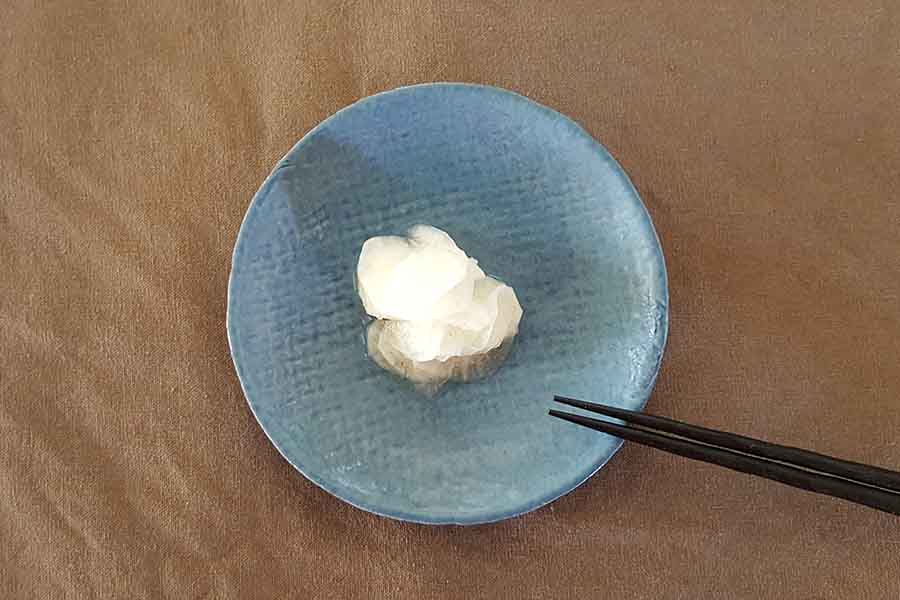Best way to eat kabu (Japanese turnips)
Kabu (Japanese turnips) have subtle texture and flavors. In order to enjoy them, you may want to buy fresh ones, maybe from farmers’ market when it’s in season. (Not so fresh kabu could taste bland, so you may end up not liking them.) There are spring kabu (March – May), and fall kabu (November – January), although it may vary depending on where they are grown.
In general, Japanese kabu are sweeter, softer, juicier, and less crunchy than regular turnips. Spring kabu is tenderer whereas fall kabu is sweeter and richer.
If you were able to get some really fresh kabu, do not try to do too much. When vegetables grown with care are fresh, they are already very tasty! I recommend pickling kabu, as you can enjoy soft yet crispy texture and unique sweet aroma. I would prefer eating them raw or marinated, as you could lose the texture when you boil them.
It’s really easy to make asazuke (light pickles). After peeling the skin off (fresh kabu has very thin skin), just slice them as thin as possible, and then put them in pickle brine, at least overnight. Authentic kabu pickle brine calls for kombu (seaweed), sugar (1 to 2 tbs) and vinegar (2tps) for about 300-400 grams of turnips. Many people add a little bit of chili pepper. If you don’t know what kombu (seaweed) is – it has nothing to do with kombucha – it is used to add some earthy (umami) broth/base flavor. It may be too expensive just for some pickles. You may be able to find pre-packaged 浅漬けの素 (asazuke no moto, packaged pickle brine powder), or kombu dashi powder at your local Asian grocery stores.
Or if you are too lazy to make brine, try to marinate them with sushi vinegar.

















